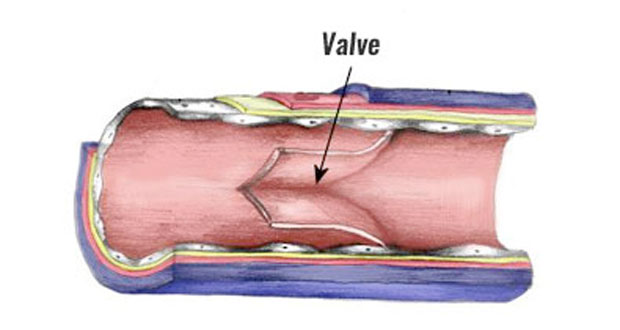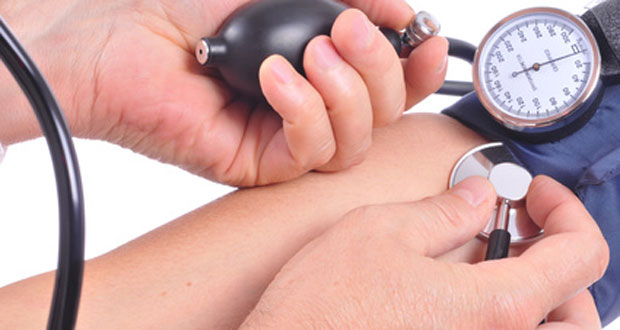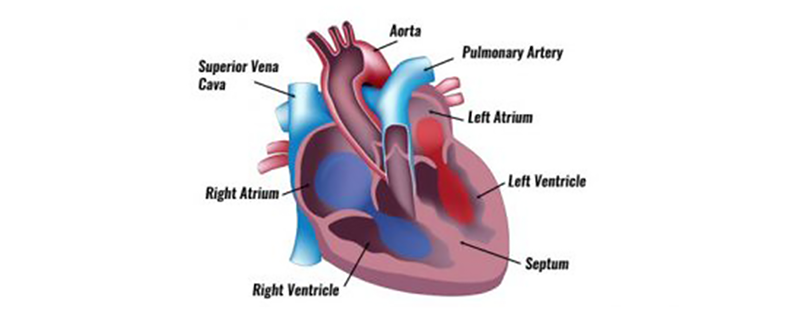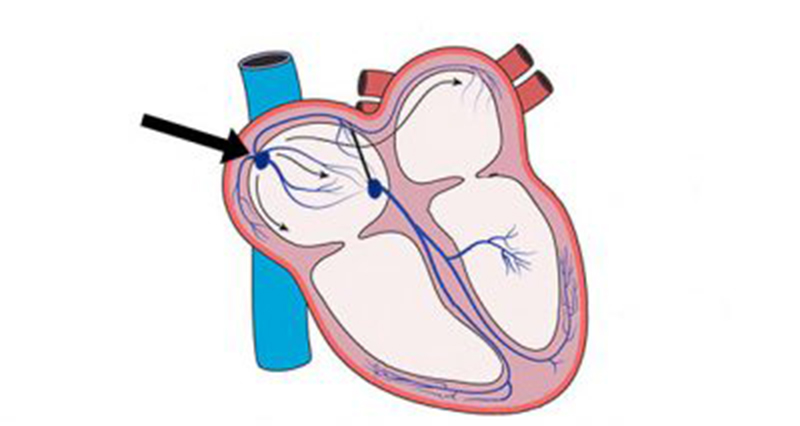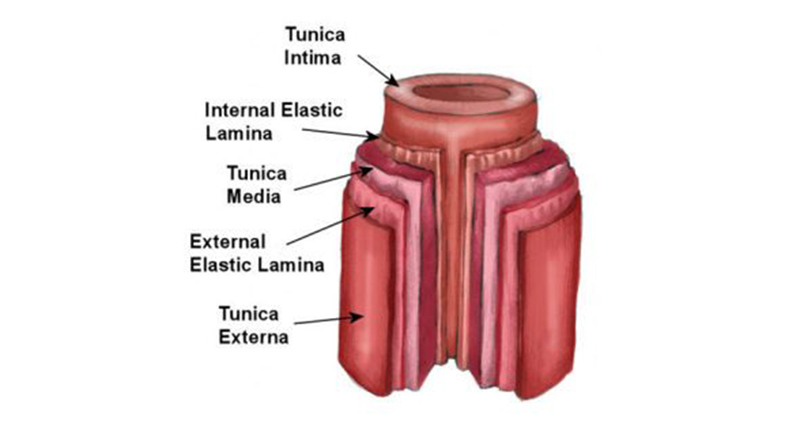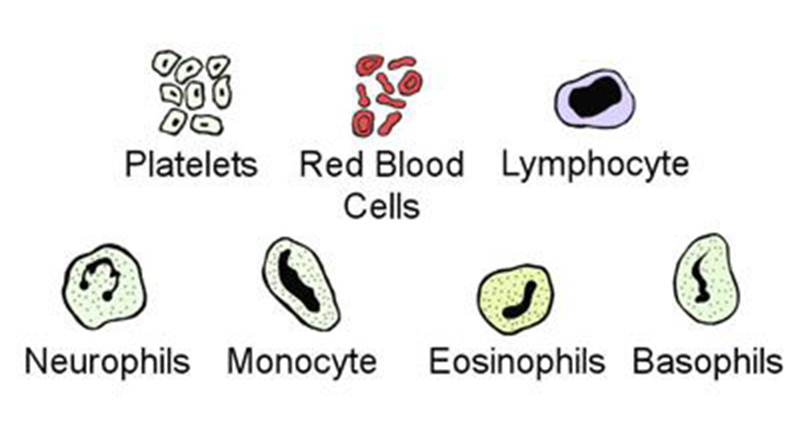Veins are blood vessels that carry deoxygenated (or very low levels of oxygen) blood back to the heart. The exception to this rule is the pulmonary vein, which carries oxygenated blood, from the lungs, back to the heart, ready to be pumped around the rest of the body.
Advert
Venous return
- At the tissue level, capillaries drain blood into venules. These are very small veins, which as they return to the heart merge into larger ones.
- Eventually, they reach either the Superior Vena Cava (if returning from tissues and organs above the heart), or the Inferior Vena Cava (if returning from tissues and organs below the heart).
- The Inferior Vena Cava is larger than the Superior Vena Cava. These two large arteries merge and return blood to the right atrium of the heart.
Structure of veins
The structure of veins is similar to that of arteries, again consisting of three layers:
- Tunica Adventitia: This is the strong outer covering of arteries and veins which consists of connective tissues, collagen, and elastic fibres.
- Tunica Media: This is the middle layer and consists of smooth muscle and elastic fibres.
- Tunica Intima: This is the inner layer that is in direct contact with the blood flowing through the vein. It consists of smooth endothelial cells. The hollow centre through which blood flows is called the lumen. Veins also contain valves that prevent the backflow of blood and aid venous return.

